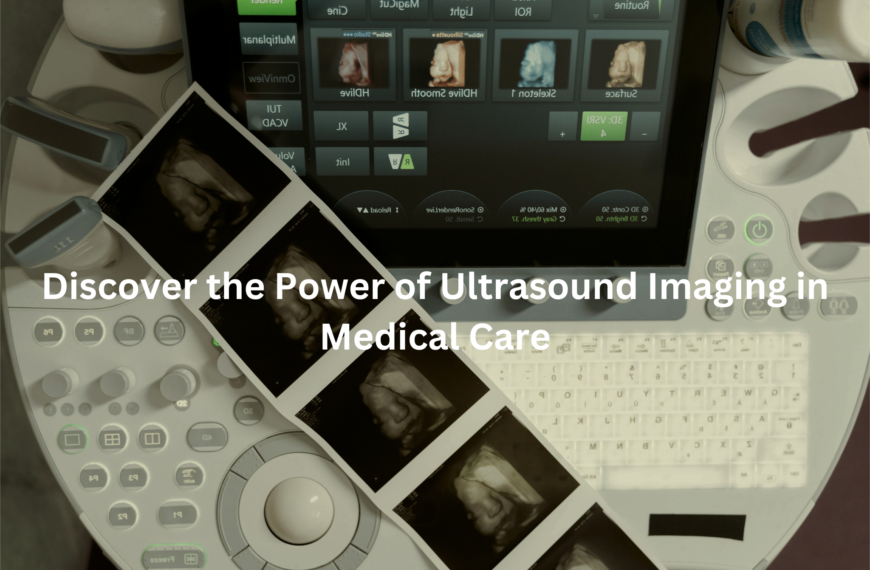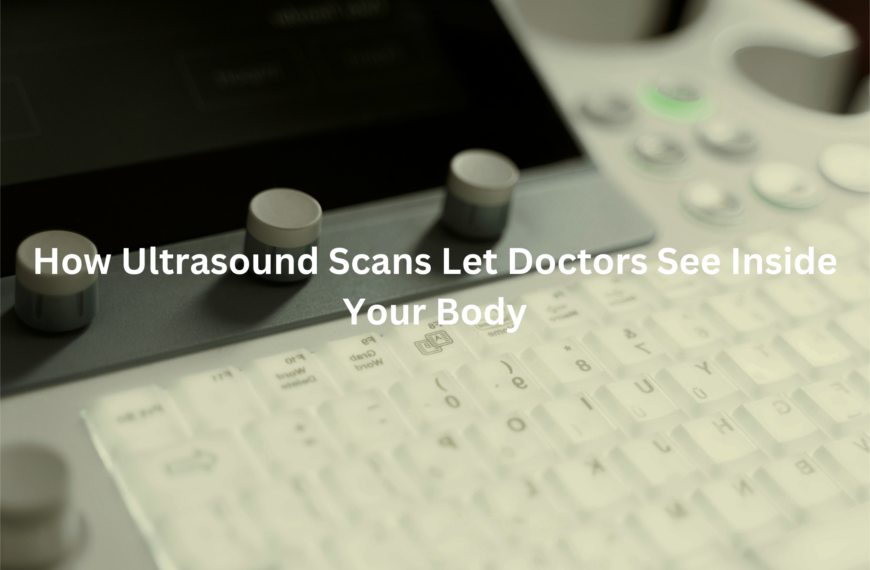Learn the risks of CT scans and how to make informed choices about your health.
CT scans are crucial diagnostic tools, but they come with risks, particularly radiation exposure. While these scans can help detect injuries and diseases, the potential for increased cancer risk and allergic reactions to contrast dye make it important to consider when and why they’re used.
Understanding these risks will empower you to make informed health decisions, ensuring that the benefits outweigh the potential downsides.
Key Takeaway
- Radiation Risk: CT scans expose patients to higher doses of radiation, which increases the potential for cancer, especially with multiple scans.
- Contrast Dye Hazards: Allergic reactions and kidney risks are associated with the use of iodine-based contrast agents.
- Informed Choices: Always weigh the benefits against the risks before opting for a CT scan, and ensure clear communication with your healthcare provider.
Radiation Exposure and Cancer Risk
One of the most significant risks associated with CT scans is radiation exposure. Unlike regular X-rays, CT scans use much higher doses of radiation, which increases the potential for harmful effects. Studies have shown that radiation can potentially lead to the development of cancers, particularly for younger patients who are more sensitive to radiation.
Children are especially vulnerable, given their developing tissues and the fact that they have many more years of life ahead, allowing time for any harmful effects of radiation to manifest.
The risk is not limited to children, though—repeated CT scans over a lifetime can add up to a significant cumulative dose of radiation, which increases the risk of cancers such as lung, breast, and abdominal cancers.
In fact, high-dose CT scans like those used for chest and abdominal imaging come with even greater risks, emphasising the need for careful consideration of the necessity of each scan.
How To Mitigate The Risk:
- If a CT scan is essential, doctors should ensure it’s the right option.
- Consider alternatives like ultrasound or MRI, which don’t involve ionising radiation.
- Only go ahead with a CT scan when the benefits clearly outweigh the potential risks.
Risks from Contrast Dye
CT scans sometimes require the use of iodine-based contrast agents to enhance the quality of the images. These agents help improve the visibility of blood vessels, organs, and tissues, which aids in diagnosing conditions. However, the use of contrast dyes can introduce a range of risks.
Most reactions to contrast agents are mild—like a slight rash or nausea—but more severe reactions can occur in rare cases. Anaphylaxis, a severe allergic reaction, can result in difficulty breathing, swelling, and even death if not managed immediately.
It’s important for healthcare professionals to assess a patient’s allergy history before administering these agents to avoid potentially dangerous reactions.
Additionally, contrast dyes can be harmful to patients with existing kidney issues. In some cases, contrast agents can worsen kidney function, especially in individuals with pre-existing kidney disease. This is why screening for kidney problems is essential before proceeding with a CT scan that involves contrast.
How To Mitigate The Risk:
- Ensure thorough screening of patients for kidney issues and allergies before a CT scan with contrast.
- Discuss the potential side effects and risks of contrast agents with your doctor before the scan.
- Consider non-iodine-based alternatives for patients who have known sensitivities. (1)
Incidental Findings and Follow-Up Risks
One of the lesser-known risks of CT scans is the discovery of incidental findings—unrelated issues that show up during the scan. These findings may not have anything to do with the original concern for which the scan was ordered, but they can lead to unnecessary follow-up tests and procedures.
For example, a CT scan of the abdomen might reveal a small cyst or a benign tumour that was completely unrelated to the initial issue being investigated.
These incidental findings can result in more tests, biopsies, or even unnecessary treatments, all of which bring their own risks. This can also lead to a lot of unnecessary anxiety for patients, especially if the findings aren’t actually harmful.
How To Mitigate The Risk:
- Have a discussion with your doctor about the possibility of incidental findings and how they might affect the course of your treatment.
- Only pursue follow-up tests if they’re deemed necessary by your doctor.
- If you’re feeling stressed or anxious about potential findings, seek advice from a mental health professional.
Low-Dose CT Scans: Reducing Risk
For certain medical conditions, particularly in lung cancer screening, low-dose CT scans are being used more frequently. These scans use significantly less radiation than traditional CT scans, reducing the risk of radiation exposure while still offering important diagnostic insights.
Low-dose CT technology is rapidly becoming more accessible, and it’s considered safer for regular use, particularly in high-risk groups such as long-term smokers. While low-dose CT is a safer alternative, it’s still important to ensure that any scan performed is truly necessary.
How To Mitigate The Risk:
- Ask your doctor if a low-dose CT scan is an option for your condition.
- Explore all alternative imaging techniques to see if they might provide the same diagnostic value with less risk.
Cumulative Risk from Multiple CT Scans
The more CT scans you have over the years, the greater the cumulative risk of radiation exposure. If you’ve had multiple scans, especially for unrelated health issues, it’s important to consider how they add up over time. The cumulative effect of multiple CT scans can significantly increase your overall radiation exposure, contributing to higher cancer risks.
Healthcare providers should track the number of CT scans a patient has had over the years, and discuss the potential risks with them. It’s important that patients understand the need for each scan and explore alternatives when appropriate.
How To Mitigate The Risk:
- Keep track of all past CT scans and share this information with your healthcare provider.
- Request a review of your medical imaging history if multiple scans have been performed.
- Limit the number of scans unless absolutely necessary. (2)
Pediatric CT Scans: Special Considerations
Children are much more sensitive to radiation than adults, so the use of CT scans for paediatric patients should be carefully considered. Paediatric CT scans should only be performed when absolutely necessary, and when alternatives like MRI or ultrasound aren’t suitable.
When a CT scan is deemed essential for a child, special care should be taken to ensure that the dose is as low as possible, and the benefits clearly outweigh the risks. In many cases, physicians may opt for a lower radiation dose or suggest alternative imaging methods.
How To Mitigate The Risk:
- Ensure that CT scans for children are only used when necessary and after exploring alternative methods.
- Work with medical professionals who specialise in paediatric care for the safest approach.
Informed Consent and Patient Communication
Credits: U of U Health
As with any medical procedure, CT scans should only be performed after informed consent has been obtained from the patient. This means healthcare providers need to clearly explain the risks and benefits, including any potential follow-up procedures or incidental findings.
Patients need to understand what to expect from the procedure and how the results might affect their treatment. It’s essential for doctors to communicate in a way that is both clear and compassionate, so patients can make informed decisions about their health.
How To Mitigate The Risk:
- Have an open conversation with your doctor about the need for a CT scan and its associated risks.
- Make sure you’re comfortable with the procedure and fully understand the potential outcomes before proceeding.
Guidelines for Safe CT Scan Use
To minimise the risks associated with CT scans, the Royal Australian and New Zealand College of Radiologists (RANZCR) recommends several key guidelines for healthcare professionals.
Firstly, CT scans should only be ordered when they are medically necessary, and when other diagnostic methods aren’t suitable. Healthcare professionals are also advised to always consider the patient’s medical history and any potential risks, especially when ordering scans for children or patients with pre-existing health issues.
Additionally, patient communication is vital. It’s important that healthcare providers explain the risks and benefits clearly, ensuring that patients can make informed decisions about their care.
How To Mitigate The Risk:
- Always evaluate the need for a CT scan before proceeding, especially in paediatric and vulnerable patients.
- Encourage open communication between patients and healthcare providers to ensure informed consent is obtained.
Conclusion
In the end, while CT scans are incredibly useful tools for diagnosing and treating various conditions, they come with risks that shouldn’t be ignored. By following guidelines and considering alternatives, you can reduce the potential dangers associated with these scans.
Just remember to discuss all options with your doctor, ask questions about the procedure, and ensure that every scan is truly necessary for your health.
FAQ
What is a CT scan, and how does it work?
A CT scan, also known as a cat scan, is a medical imaging test used by doctors to examine the inside of the body. It takes multiple X-ray images from different angles and combines them to create detailed pictures of organs, tissues, and bones. A CT scanner uses higher doses of radiation compared to regular X-rays, which is why it’s important to understand the potential risks, particularly with repeated scans.
Is a CT scan safe for everyone?
CT scanning is generally safe when used correctly. However, it involves a higher dose of radiation than regular X-rays, which can increase the risk of health issues, such as cancer, over time. This is especially concerning when considering high doses of radiation used in scans like body CT or chest CT. For patients, especially children or pregnant women, it’s important to carefully weigh the risks and benefits of the CT procedure.
How does radiation from CT scans cause cancer?
CT scans expose the body to ionising radiation, which can potentially damage cells. The body’s tissues, especially soft tissues, may be at risk if exposed to high doses of radiation repeatedly. Studies have shown that the radiation from high doses can increase the chances of developing certain cancers, including lung cancer and breast cancer. However, the cancer risk is usually small for a single scan, and the higher the dose, the higher the risk.
What is a low dose CT scan, and how is it different from regular CT scans?
A low dose CT scan uses a smaller amount of radiation than a standard CT scan. It’s often used in screening for diseases like lung cancer, as the lower dose reduces the risk of radiation exposure. While a low dose CT scan still uses X-rays, it provides a safer alternative by lowering the overall radiation levels. This type of CT scan is increasingly being used in healthcare to reduce cancer risks, particularly for people at higher risk due to factors like smoking.
Are there risks related to contrast dye used in CT scans?
Yes, contrast dye is used in many CT scans, particularly in body CT or chest CT, to help doctors get clearer images. However, contrast dye can cause allergic reactions, ranging from mild to severe. In some cases, it may cause side effects like itching or more serious reactions such as anaphylaxis. It’s also a concern for people with kidney issues, as contrast dye can strain kidney function. Healthcare providers typically screen for any potential risks before administering contrast dye.
References
- https://www.arpansa.gov.au/understanding-radiation/radiation-sources/more-radiation-sources/ct-imaging-and-children-parents
- https://www.nps.org.au/news/kids-ct-scans-and-radiation-risks-resources-for-everyone




